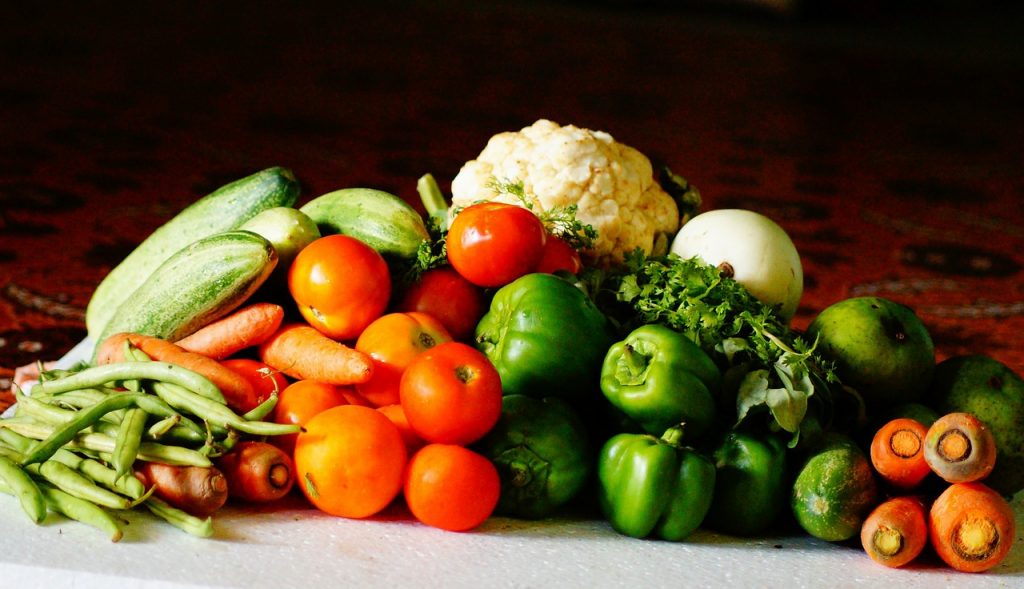How Nutritional Labels May Change For The Better
The Biden Administration is exploring policies that would allow nutritional labels to be printed on the front of food packaging instead of the back.
Nutritional labels get scrutiny for various issues, including misrepresentation, not including necessary details, or their serving-size information. But the Biden administration wants to make a design change for food packaging, placing the label on the front of the package instead of the back. The administration believes that this transformation could reduce food-based illnesses and diet-related problems.
The president’s personnel constructed a 40-page document with many ideas to diminish hunger and food illnesses over the next eight years. The plan’s unveiling this past Wednesday was the first nutrition-based presidential strategy since 1969’s food-stamps program. Alongside changing nutritional labels, Biden wants to expand nutrition assistance programs and meal delivery assistance to those with severe illnesses.
It’s unclear how successful the initiation of these programs will be since Congress is undeniably divided. Unlike the introduction of food stamps, many believe imposing these forward-thinking, nutrition-focused programs could take years to institute. The passing of food-stamp programs happened in under two years, while the polarized House of Representatives and Congress have made it harder for the Biden administration to enact needed public benefits.
Republicans are usually dismissive of governmental programs that Biden and his team want to focus on, including expanding school lunch initiatives for every student. Though Biden will need Congress’s approval to pass specific proposals, there are some things the president can enact without a vote.

The Agriculture and Defense departments will use pandemic relief money to expand online food shopping for Americans with food stamps. The administration is also hiring a nutritionist for the Bureau of Indian Affairs and Bureau of Indian education to create Indigenous food markets and hubs for schools and detention centers.
Alongside all of these massive changes, the Biden administration also wants to transform seemingly more minuscule food hurdles, like nutrition labels. The White House proposes that the Food and Drug Administration conduct research on food packaging and its health improvements. The president and his team believe that switching the nutrition label to the food package’s front could give people “equitable access” to information and promote healthy decisions.
The proposal also wants to initiate a guidelines update for companies that use “healthy” on their packaging. For the most part, food manufacturers can add descriptions to their packaging without any rigid regulations. Biden’s team wants to make food more transparent to American buyers, hoping to make accurate and accessible nutritional labels more common in the states.
Alongside switching a nutritional label to the front of a package, the Biden administration wants to include visible aids to help promote educated consumption. The plan details possibilities of including star ratings or a traffic light system to be placed on packaging, showing visually how healthy a food item is. The Biden administration hasn’t clearly marked what extra quality they’ll add to food packaging, but the organization is adamant about updating packaging guidelines.
The president is looking into expanding Medicare to include medically tailored meals for those in need. Biden is urging Congress to pass legislation creating meal-delivery pilot programs for those with Medicare and suffering from severe illness.











